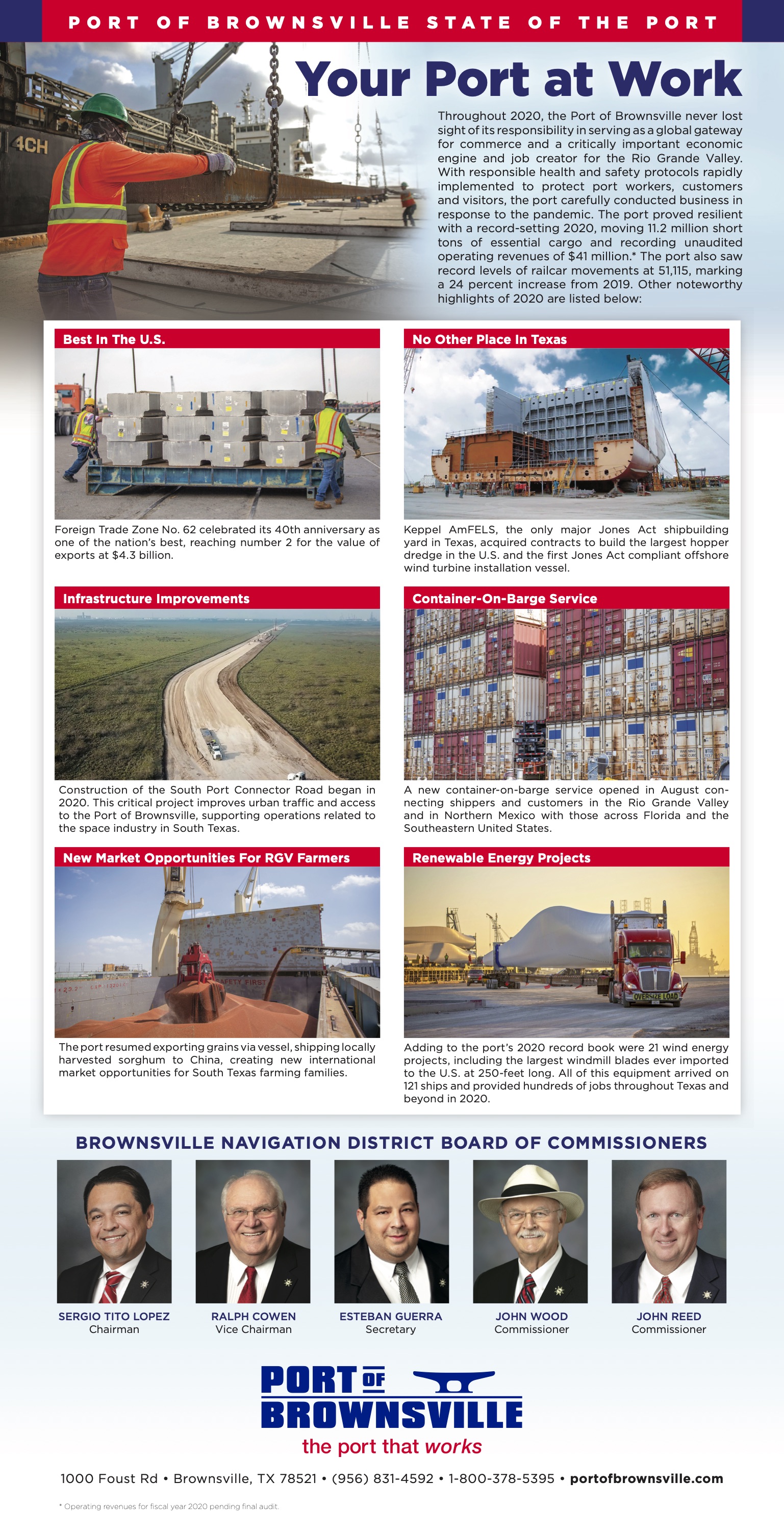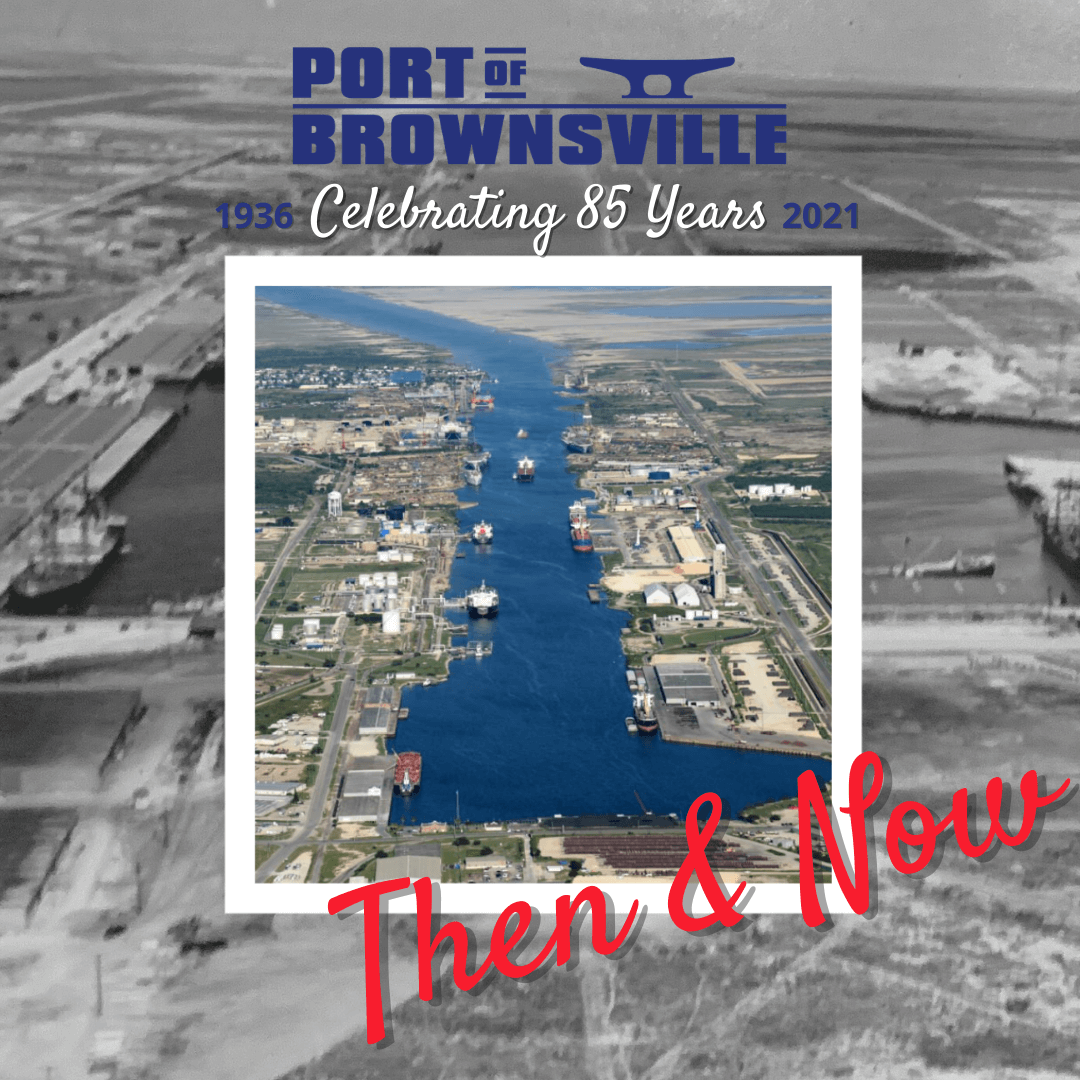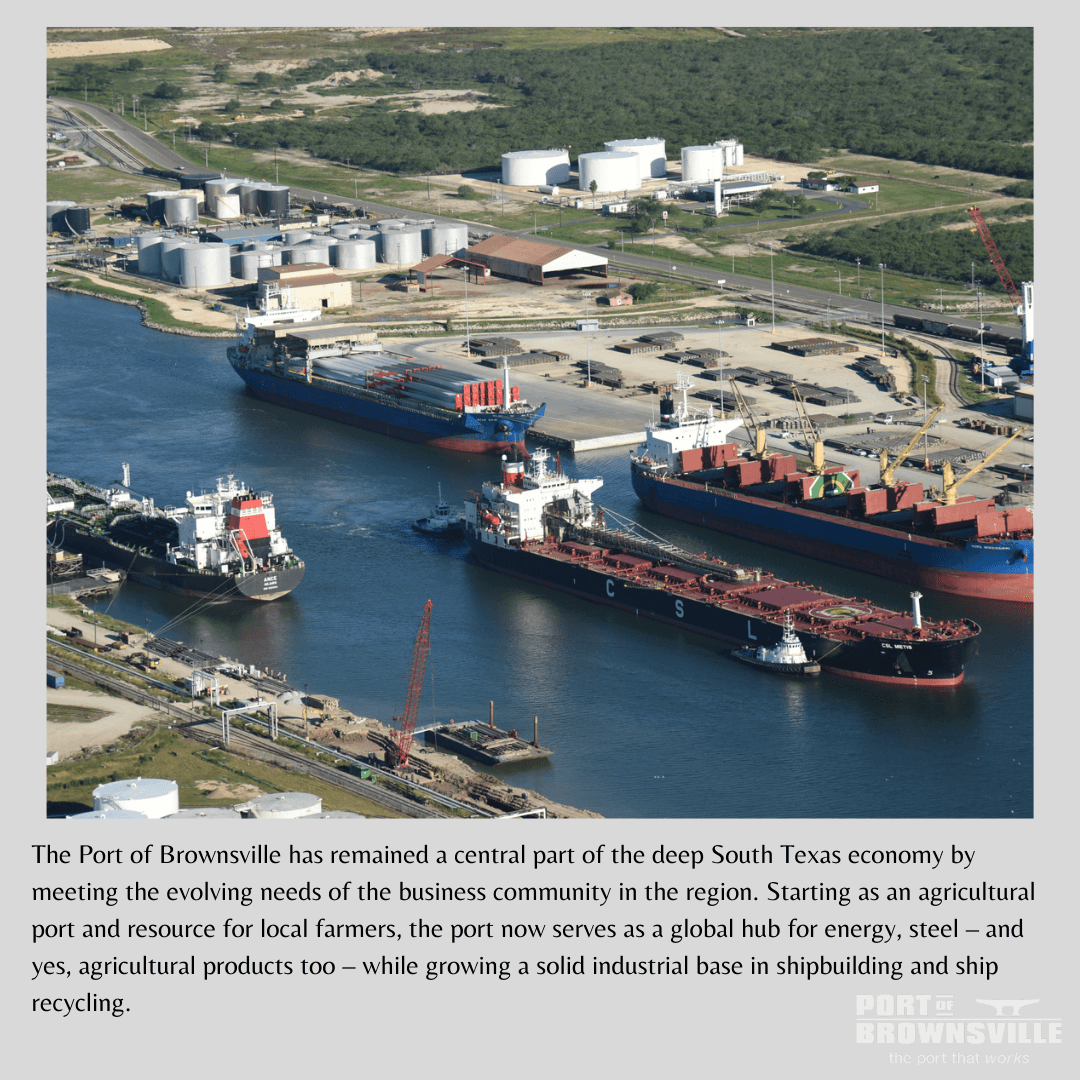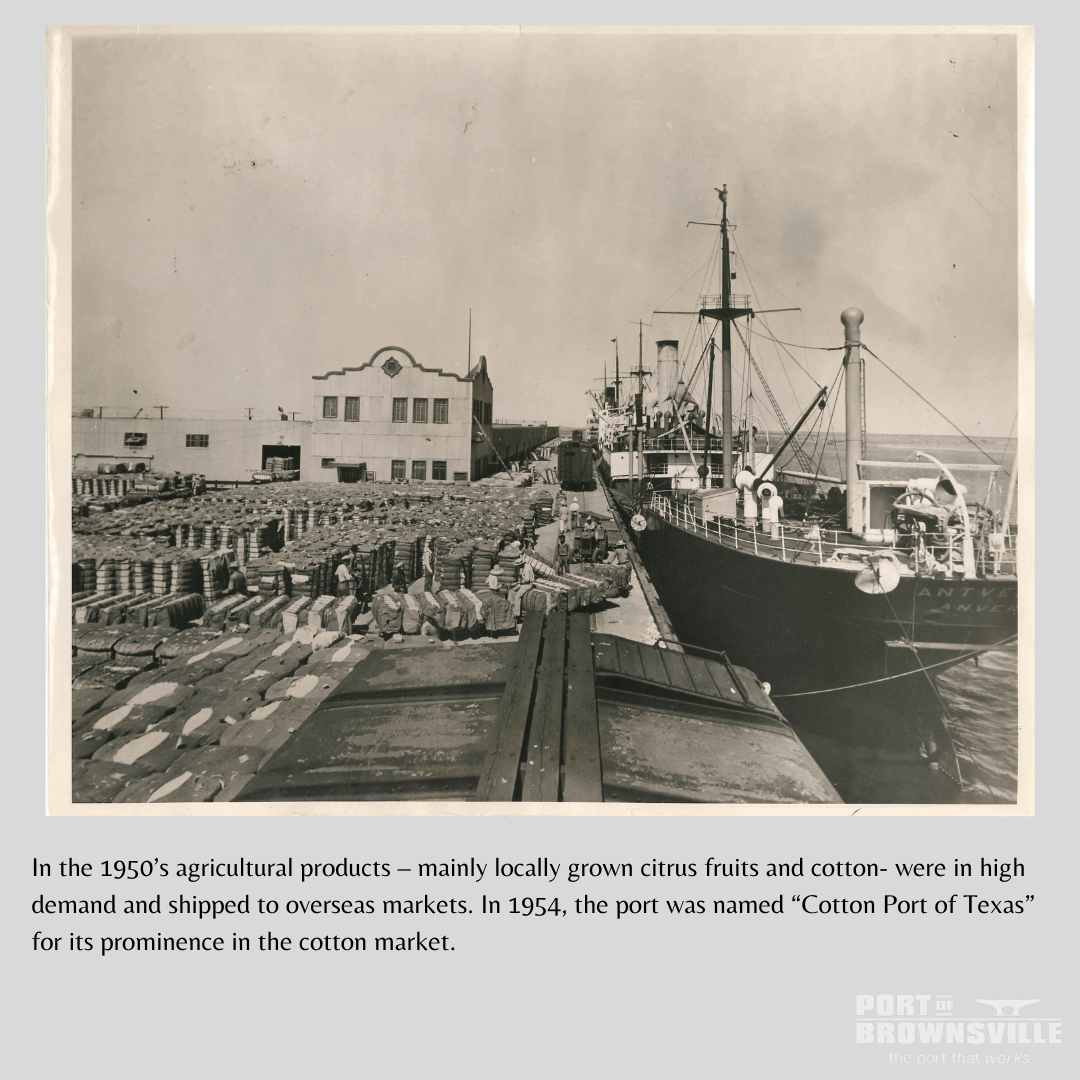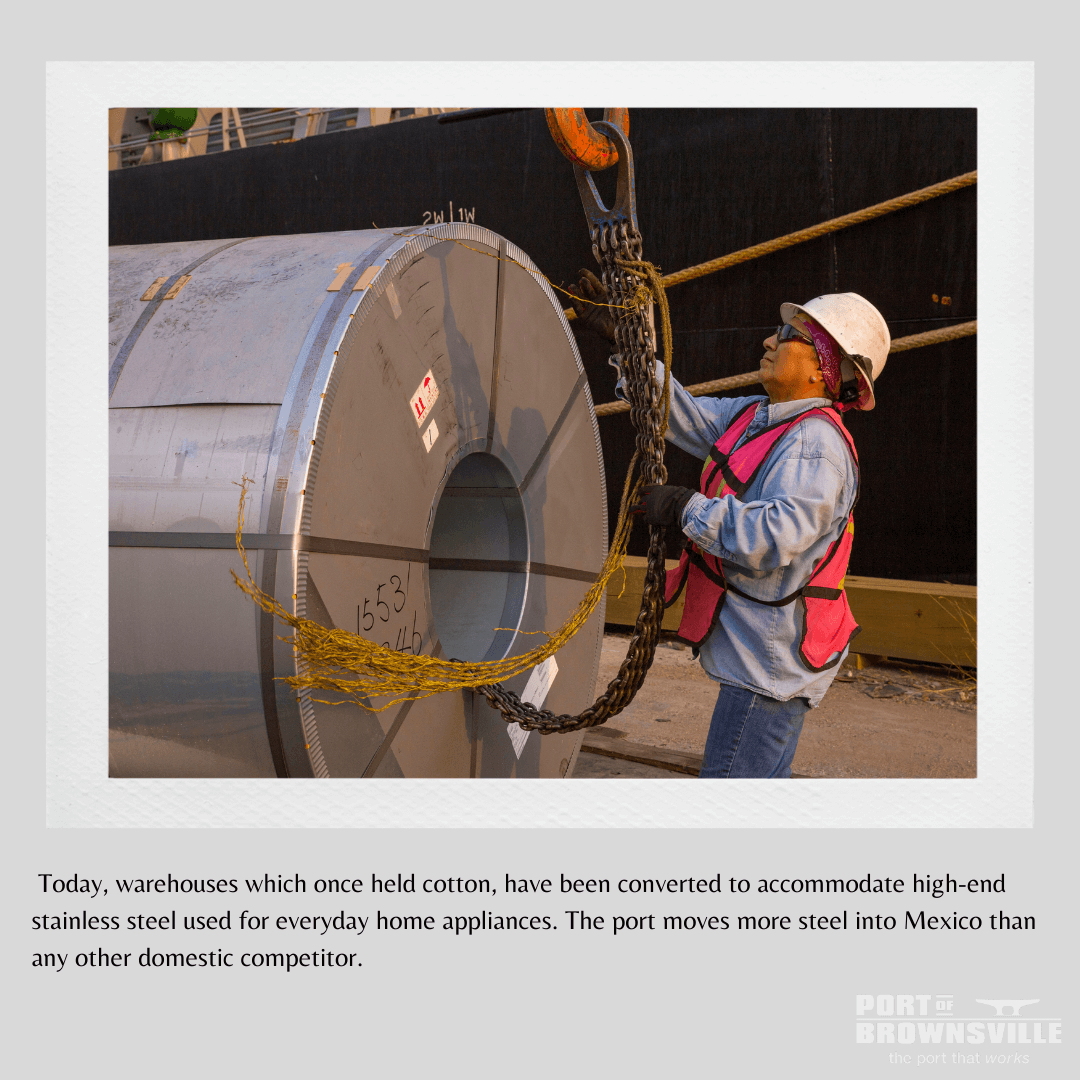By Sergio Tito Lopez
Chairman, Brownsville Navigation District
2020 proved to be an extremely difficult year for many people.
Last year we saw the rise of a global pandemic that devasted economies and tossed everyday lives into turmoil. Simple tasks like going to school, going out with friends, going to a doctor’s appointment, or just going to the store became increasingly difficult, if not sometimes impossible. On behalf of the entire Commission and staff of the Port of Brownsville, we continue to extend our hearts, prayers, and a helping hand to our community and those still reeling from the pandemic’s long reach.
Throughout 2020, however, the port never lost sight of our responsibility in serving as a global gateway for commerce and a critically important economic engine and job creator for our community. Port staff promptly made a range of changes to adapt to the pandemic while we continued to invest heavily in new infrastructure and equipment for future growth. In 2020 we added two new state-of-the-art – and environmentally compliant – mobile harbor cranes to expand our cargo-handling capabilities. We began construction of the South Port Connector Road, a major project aimed at improving urban traffic and access to the port, and completed new roadway and truck staging-area projects to better manage traffic flow. We opened a new Liquid Cargo Dock 6 for improved petroleum loading and unloading as our fuel storage capacity now exceeds 6.8 million barrels, solidifying Brownsville’s role as a major hub for the global movement of energy products. We opened our renovated Bulk Cargo Dock and received $14.5 million in grants improving railroad, road and ship-loading infrastructure to expand our grain operations, just as WestPlains, LLC began exports of Rio Grande Valley farmers’ sorghum to China. These improvements create new international market opportunities for South Texas farming families.
Because of our ongoing investments in building additional cargo loading and storing capacity, the port continued to attract record numbers of super-large wind-power components – including the largest windmill blades ever imported to the U.S. – for renewable energy projects throughout South Texas and Northern Mexico, bringing clean energy benefits to our communities. We supported the startup of Work Cat’s weekly container-on-barge service between Brownsville and Tampa, directly connecting shippers and customers in the Rio Grande Valley and in Northern Mexico with those across Florida, the Southeastern United States and the Atlantic seaboard.
At the same time, shipbuilding and ship recycling tenants at the port continued to win new contracts, supporting thousands of good-paying industrial jobs. These two specialized maritime industries are found nowhere else in Texas but here in our own backyard.
Keppel AmFELS is nearing completion of two 774-foot-long containerships for Pasha Hawaii and won a pair of noteworthy contracts to add to its production lines: construction of the largest hopper dredge in the U.S. and construction of the first Jones Act compliant offshore wind turbine installation vessel. And the port’s growing ship recycling industry – led by EMR/International Shipbreaking, All Star Metals and SteelCoast – continue to win new shipbreaking contracts generating hundreds of job opportunities while creating environmentally friendly solutions to recover high-grade steel and other metals for recycling.
The port’s Foreign Trade Zone No. 62 celebrated its 40th anniversary in 2020 as one of the nation’s best, reaching number 2 for the value of exports at $4.3 billion. Imports rose to 18th with $4.6 billion. This marks the eight year in a row our FTZ has ranked among the top-three out of 193 FTZs nationwide.
These combined efforts resulted in 11.2 million short tons of cargo moved through the port’s terminals. We also saw record levels of railcar movements to 51,115, marking a 24 percent increase from the 41,207 railcar movements recorded in 2019. These economic and job-creation successes enabled the port to post its highest-ever annual operating revenue of $41 million*, far above 2019’s $24.6 million, providing the foundation for continued investment in economic growth, job creation and environmental stewardship for today and future generations.
While 2020 was a very difficult year for so many, the success of the 273 companies at the Port of Brownsville last year should offer optimism for the new year ahead. Our unique location, range of capabilities and smart investments will continue to benefit our families and communities throughout the Rio Grande Valley for decades to come.
*Unaudited operating revenues for FY2020 pending final audit.
# # #
